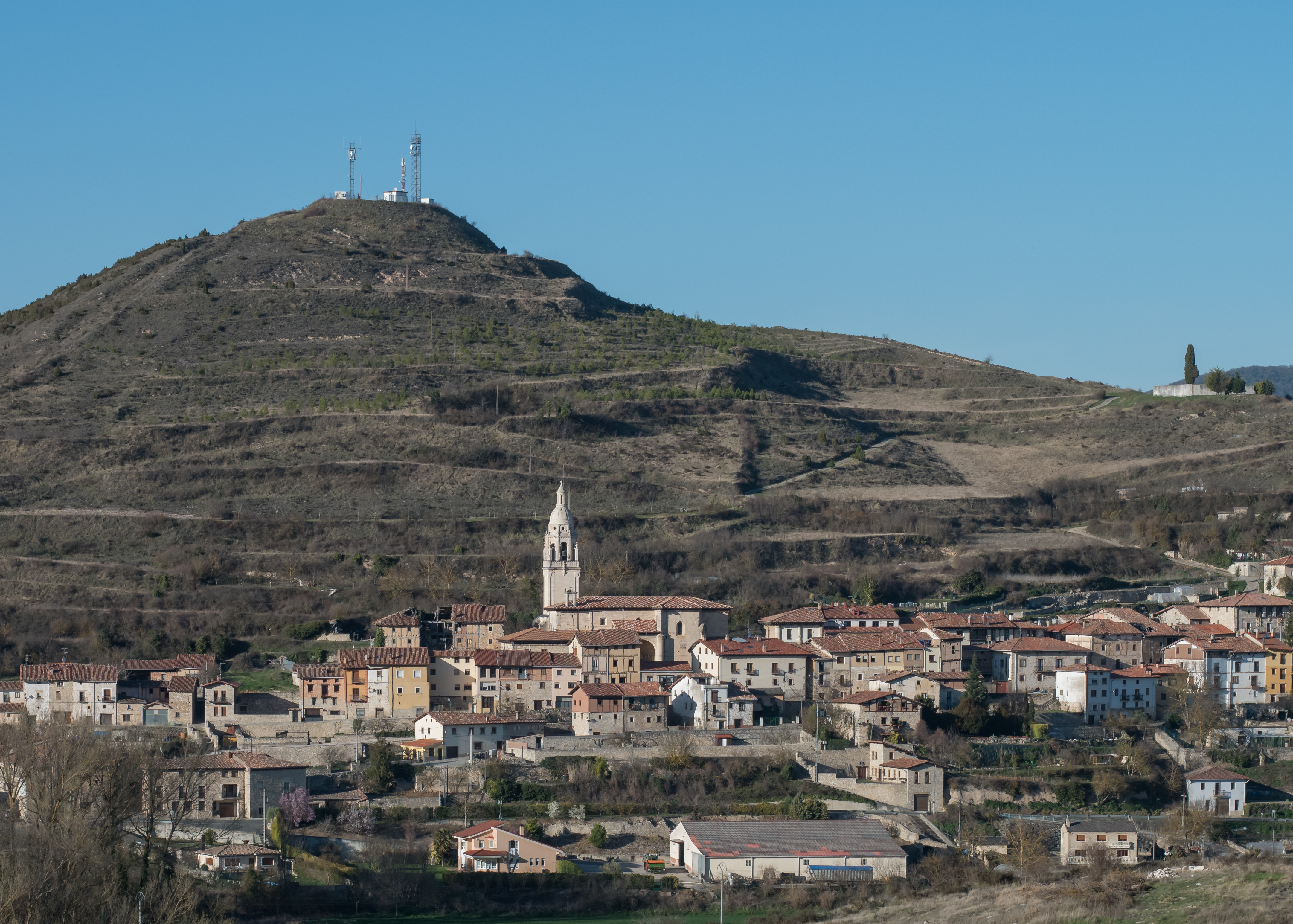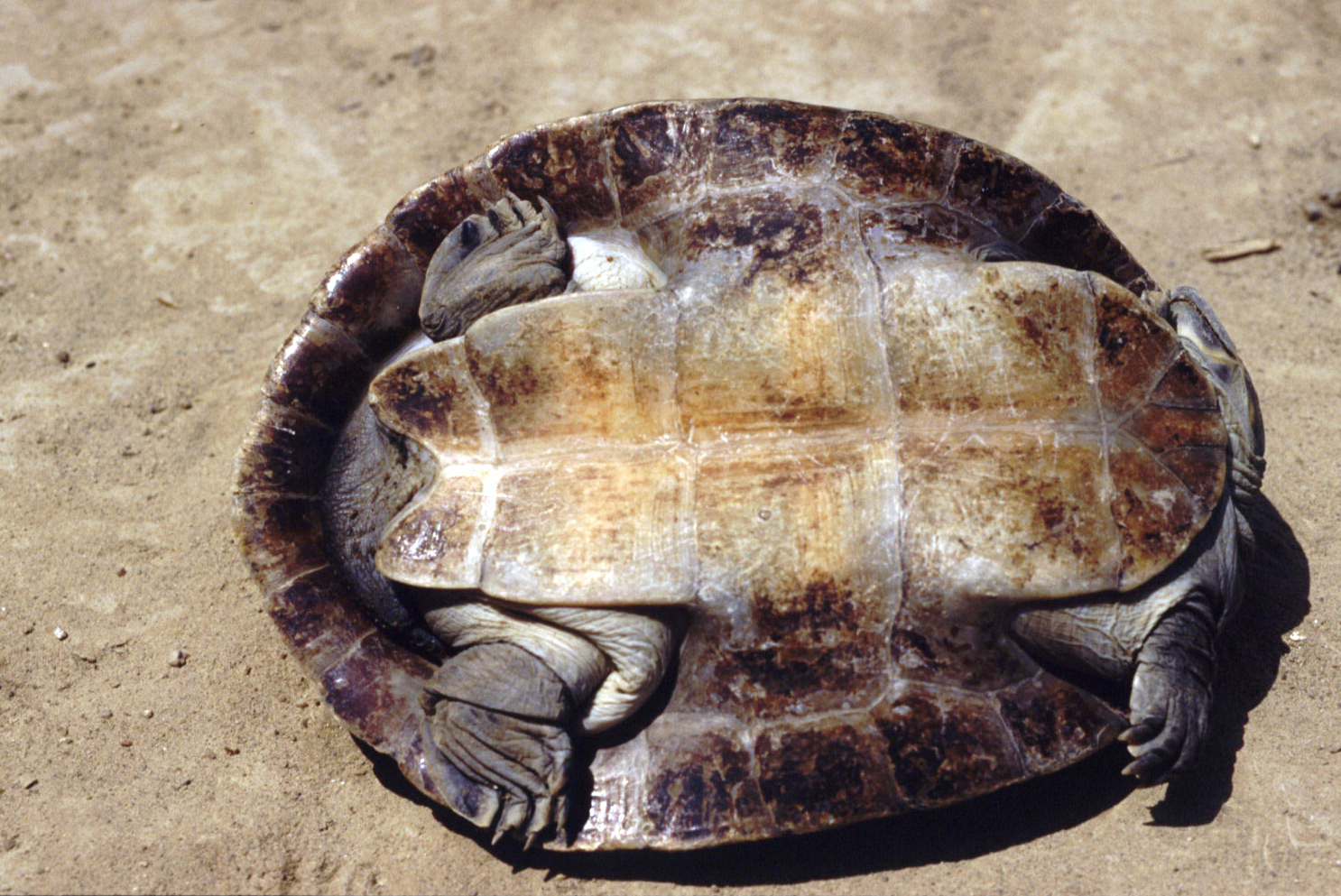|
Laño
Laño ( eu, Lañu) is a hamlet and '' concejo'' (a small administrative subdivision) in Condado de Treviño within the Treviño enclave; which is administratively part of the Spanish province of Burgos, but which is completely surrounded by the territory of the Basque country province of Álava. It is best known for the fossils of extinct vertebrates dating from around 70 million years before present which have been found there. Palaeontology The Paleontology Unit of the University of the Basque Country and other scientists have studied the fossil record at Laño. The fossils are from the late Cretaceous (late Campanian to lower Maastrichtian). It has been inferred that there was then a braided riverbed at the site, that the sea was nearby, and that the climate was tropical or sub-tropical. Taxa identified at Laño include: * ''Arcovenator'' sp., a species of abelisaurid dinosaur * '' Acynodon iberoccitanus'', a species of crocodilian in genus '' Acynodon'' * '' Dortoka vasco ... [...More Info...] [...Related Items...] OR: [Wikipedia] [Google] [Baidu] |
Condado De Treviño
Condado de Treviño (" County of Treviño") is a municipality in the province of Burgos, autonomous community of Castile and León, Spain. This municipality and the geographically smaller La Puebla de Arganzón make up the enclave of Treviño. Although the enclave is part of Burgos (and, hence, part of the autonomous community of Castile and León) it is surrounded by the province of Álava, part of the autonomous community of the Basque Country. As of 2015, the municipality had a population of 1,362. History An abundance of prehistoric remains testify that the Condado de Treviño has been inhabited since ancient times. In pre- Roman times, the Varduls, Caristios and Autrigones all lived here at one time or another, attesting to the region's strategic importance. In the hamlet of Laño one can still see artificial caves that were inhabited by hermits more than 1500 years ago. The Las Gobas caves preserve inscriptions and drawings of animals. Treviño, the capital of ... [...More Info...] [...Related Items...] OR: [Wikipedia] [Google] [Baidu] |
Gargantuavis
''Gargantuavis'' is an extinct genus of large, primitive bird containing the single species ''Gargantuavis philoinos''. It is the only member of the monotypic family Gargantuaviidae. Its fossils were discovered in several formations dating to 73.5 and 71.5 million years ago in what is now northern Spain, southern France, and Romania. ''Gargantuavis'' is the largest known bird of the Mesozoic, a size ranging between the cassowary and the ostrich, and a mass of like modern ostriches, exemplifying the extinction of non-avian dinosaurs was not a necessary condition for the emergence of giant terrestrial birds. It was once thought to be closely related to modern birds, but the 2019 discovery of a pelvis from what was Hateg Island (present-day Romania) shows several primitive features. Its femur shows that it was a graviportal form rather than cursorial, not adapted for running. Due to fragmentary remains, many aspects of its biology and ecology are unknown, such as its diet ... [...More Info...] [...Related Items...] OR: [Wikipedia] [Google] [Baidu] |
Madtsoiidae
Madtsoiidae is an extinct family of mostly Gondwanan snakes with a fossil record extending from early Cenomanian (Upper Cretaceous) to late Pleistocene strata located in South America, Africa, India, Australia and Southern Europe. Madtsoiidae include very primitive snakes, which like extant boas and pythons would likely dispatch their prey by constriction. Genera include ''Madtsoia'', one of the longest snakes known, at an estimated , and the Australian ''Wonambi'' and ''Yurlunggur''. As a grouping of basal forms the composition and even the validity of Madtsoiidae is in a state of flux as new pertinent finds are described, with more recent evidence suggesting that it is paraphyletic as previously defined. Although madtsoiids persisted on Australia until the Pleistocene, they largely went extinct elsewhere during the Eocene. However, some species persisted in South America and India through the Oligocene. Description Madtsoiidae was first classified as a subfamily of Boi ... [...More Info...] [...Related Items...] OR: [Wikipedia] [Google] [Baidu] |
Dortokidae
Dortokidae is an extinct family of freshwater pan-pleurodiran turtles, known from the Cretaceous and Paleocene of Europe. Only four species have been named, but indeterminate fossils show that they were abundant across western and eastern-central Europe during the Cretaceous. The family is only known from postcranial remains. Genera * '' Eodortoka'' Pérez-García, Gasulla, and Ortega 2014 Arcillas de Morella Formation, Spain, Early Cretaceous (Aptian) * '' Dortoka'' Lapparent de Broin and Murelaga, 1999 Laño site, Spain, Late Cretaceous ( Campanian- Maastrichtian) Sînpetru Formation, Romania, Late Cretaceous (Maastrichtian) * '' Ronella'' Lapparent de Broin in Gheerbrant et al. 1999 Jibou Formation Jibou (; hu, Zsibó ; german: Siben; yi, זשיבוי) is a town in Sălaj County, Transylvania, Romania. In 2011 it had a population of 10,407. Jibou includes the town proper and other four villages: Rona ( Hungarian: ''Szilágyróna''), Cuceu ( ..., Romania Paleocene ( Than ... [...More Info...] [...Related Items...] OR: [Wikipedia] [Google] [Baidu] |
Provinces Of Spain
A province in Spain * es, provincias, ; grammatical number, sing. ''provincia'') * Basque language, Basque (, grammatical number, sing. ''probintzia''. * Catalan language, Catalan (), grammatical number, sing. ''província''. * Galician language, Galician (), grammatical number, sing. ''provincia''. is a territorial division defined as a collection of Municipalities of Spain, municipalities, although their origin dates back to 1833 territorial division of Spain, 1833 with a similar predecessor from 1822 territorial division of Spain, 1822 (during the Trienio Liberal) and with roots in the Napoleonic division of Spain into 84 prefectures in 1810. In addition to their political function, provinces are commonly used today as geographical references for example to disambiguate small towns whose names occur frequently throughout Spain. There are many other groupings of municipalities that comprise the Local government in Spain, local government of Spain. The boundaries of provin ... [...More Info...] [...Related Items...] OR: [Wikipedia] [Google] [Baidu] |
Terra Nova (journal)
''Terra Nova'' is a peer-reviewed scientific journal about geology and planetary science published by John Wiley & Sons Ltd. As of 2014, it had an impact factor The impact factor (IF) or journal impact factor (JIF) of an academic journal is a scientometric index calculated by Clarivate that reflects the yearly mean number of citations of articles published in the last two years in a given journal, as ... of 2.639. Geology journals {{Geology-journal-stub ... [...More Info...] [...Related Items...] OR: [Wikipedia] [Google] [Baidu] |
Pleurodira
The Pleurodira are one of the two living suborders of turtles, the other being the Cryptodira. The division between these two suborders represents a very deep evolutionary divide between two very different types of turtles. The physical differences between them, although anatomical and largely internal, are nonetheless significant, and the zoogeographic implications of them are substantial. The Pleurodira are known more commonly as the side-necked turtles and the name Pleurodira quite literally translates to side neck, whereas the Cryptodira are known as hidden-necked turtles. The Pleurodira turtles are currently restricted to freshwater habitats in the Southern Hemisphere, largely to Australia, South America, and Africa. Within the Pleurodira, three living families are represented: Chelidae, also known as the Austro-South American side-necked turtles, the Pelomedusidae, also known as the African mud terrapins, and the Podocnemididae, also known as the American side-neck river ... [...More Info...] [...Related Items...] OR: [Wikipedia] [Google] [Baidu] |
Acynodon
''Acynodon'' is an extinct genus of eusuchian crocodylomorph from the Late Cretaceous, with fossils found throughout Southern Europe. Classification The genus ''Acynodon'' contains three species: ''A. iberoccitanus'', ''A. adriaticus'', and ''A. lopezi''. Fossils have been found in France, Spain, Italy, and Romania, dating back to the Santonian and Maastrichtian periods of the Late Cretaceous. When first described in 1997, it was placed within the family Alligatoridae. New findings a decade later led to it being reclassified as a basal globidontan. Recent studies have since resolved ''Acynodon'' as a basal eusuchian crocodylomorph, outside of the Crocodylia crown group, and a close relative to ''Hylaeochampsa''. Description The skull of ''Acynodon'' is extremely brevirostrine; it had a very short and broad snout compared to other known alligatorids. Its dentition was quite derived, with enlarged molariform teeth and a lack of maxillary and dentary caniniform teeth, presumably ... [...More Info...] [...Related Items...] OR: [Wikipedia] [Google] [Baidu] |


